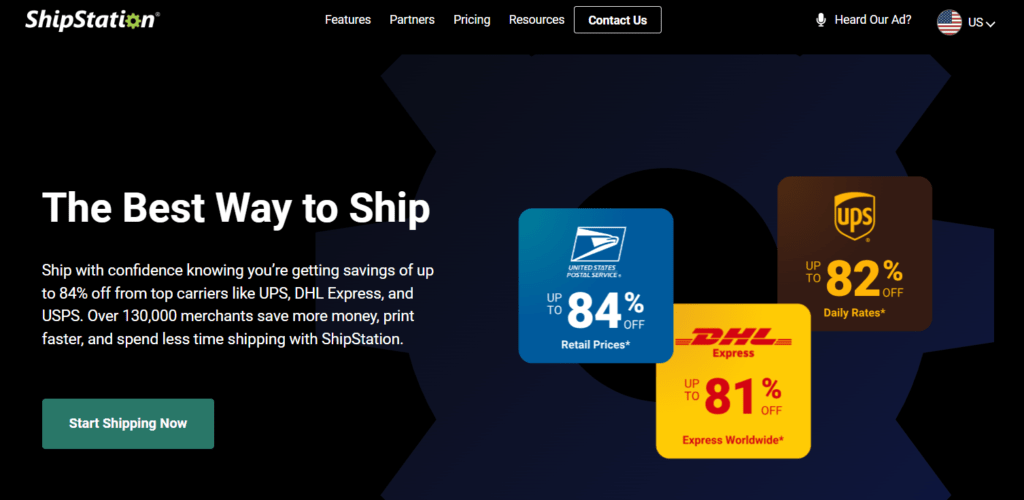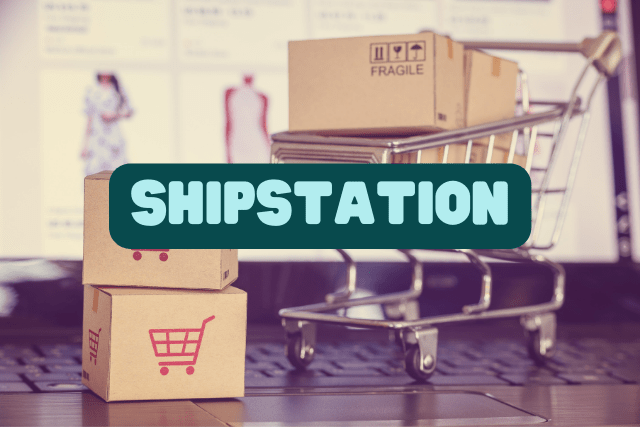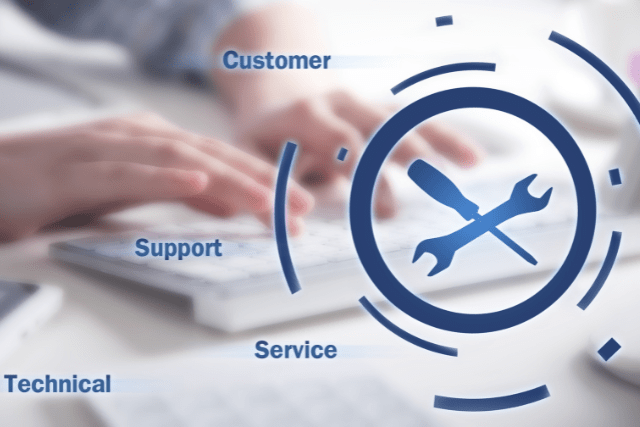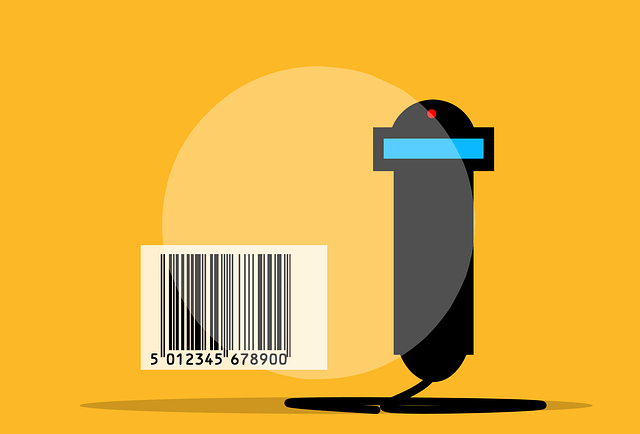E-commerce shipping can be quite a maze to navigate. There are a lot of pieces to keep track of, from making sure orders are going where they need to figure out how much shipping costs should be.
It can be a big headache for anyone trying to run an online business. That’s where ShipStation comes in. Think of it as your super helpful friend who’s good at organizing.
It’s designed to simplify your shipping process and overhaul how you handle the shipping side of your e-commerce business.
We’ll take you through all the important bits of this versatile platform, showing you how it can bring about a big change in how efficiently your business handles shipping. It doesn’t matter if you’ve been in the e-commerce game for a while or are just starting; getting to know ShipStation could be a turning point for your business.
It can help make your customers happier, make your operations run smoother, and in the long run, even help boost your profits. So, are you ready to crack the code to shipping success with ShipStation?
Let’s dive in!
Table of Contents
What is ShipStation?
ShipStation is a web-based shipping software designed to simplify the shipping process for e-commerce businesses. It integrates with popular e-commerce platforms, marketplaces, and carriers, allowing you to manage and automate your shipping tasks from a single, centralized platform. It’s robust features and intuitive interface make it an excellent choice for businesses of all sizes.

Key Features of ShipStation
1. E-commerce Platform and Marketplace Integrations
ShipStation integrates with over 100 e-commerce platforms and marketplaces, including Shopify, WooCommerce, Amazon, eBay, and Etsy. This seamless integration allows you to import orders from multiple channels and manage them in one place, saving you time and reducing the risk of errors.

2. Carrier Integrations
It supports integrations with major carriers such as USPS, UPS, FedEx, DHL, and more. This lets you compare shipping rates, print labels, and schedule pickups directly from the ShipStation platform.

3. Automation Rules
Automation rules help you streamline your shipping process by automatically applying specific actions based on predefined criteria. For example, you can set up rules to automatically select the cheapest shipping option, apply insurance to high-value orders, or assign a specific carrier to international shipments.
4. Batch Shipping
Batch shipping allows you to process multiple orders simultaneously, saving time and effort. With just a few clicks, you can create shipping labels, packing slips, and pick lists for multiple orders.
5. Custom Branding
It lets you customize your shipping labels, packing slips, and tracking pages with your company’s logo and branding. This helps create a consistent and professional image for your business.
6. Mobile App
ShipStation offers a mobile app for iOS and Android devices, allowing you to manage your shipping tasks. The app lets you view order details, create shipping labels, and track shipments from your smartphone or tablet.
7. Reporting and Analytics
This platform provides detailed reports and analytics to help you monitor your shipping performance and make data-driven decisions. You can track shipping costs, delivery times, and carrier performance, allowing you to optimize your shipping strategy and reduce costs.
Benefits of Using ShipStation
1. Time Savings
Automating and streamlining your shipping process can save you significant time and effort. This allows you to focus on other aspects of your business, such as marketing and customer service.
2. Cost Savings
It’s carrier integrations, and rate comparison tools help you find the best shipping rates for your orders. Additionally, the platform offers discounted shipping rates with select carriers, allowing you to save on shipping costs.
3. Improved Customer Experience
You can provide your customers with a seamless and professional shipping experience. Custom-branded tracking pages and timely shipping notifications help build customer trust and loyalty.
4. Scalability
It is designed to grow your business. As your order volume increases, the platform’s features and automation capabilities can help you manage the increased workload without sacrificing efficiency or accuracy.
Getting Started with ShipStation
To get started with ShipStation, follow these steps:
- Sign up for a ShipStation account on their website. They offer a 30-day free trial, allowing you to test the platform before committing to a subscription plan.
- Connect your e-commerce platform or marketplace accounts to import your orders.
- Set up your carrier accounts and configure your shipping preferences.
- Create automation rules to streamline your shipping process.
- Start processing your orders and printing shipping labels.
Help Center
Shipstation Help Center is the best resource for most of your queries about e-commerce shipping management. You can browse various blog articles, workflow and troubleshooting guides, etc.

Conclusion
In wrapping up, it’s clear that ShipStation is a dynamo for handling shipping for e-commerce businesses. With its wide-ranging connections to other platforms, the power to automate tasks, and its easy-to-use design, it’s an ace at making your shipping process smoother and giving your customers a better shopping experience.
By bringing it on board, you won’t just be saving precious time and cutting costs – you’ll be freeing up resources to help your business reach new heights. So here’s to less shipping headaches and more growth with ShipStation at the helm.







